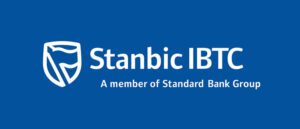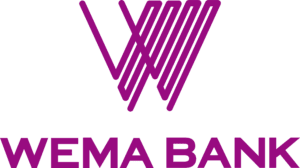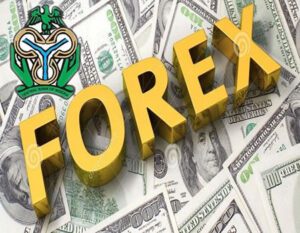
Credit to the government rose by 34.6% YoY to N13trn —CBN
The Central Bank of Nigeria (CBN) has disclosed that credit to the government increased by 2.9per cent in its Month-on-month (m/m) and 34.6per cent year-on-year (y/y) to N13trillion in September from N12.7trillion in August 2021 and N9.7trillion in September 2020.
The apex bank in its money and credit statistics reported a 1.3per cent m/m increase in credit to the private sector, touching a peak of N33.8trillion as of September 2021 from N33.4trillion in August.
In the same vein, on a y/y basis, private sector credit was up 13.8per cent y/y from N29.7trillion in September 2020.
According to analysts at CSL Research, “The need for improved lending to the private sector amid the pandemic-induced economic shocks on many sectors of the economy cannot be over-emphasized.
“The m/m and y/y expansion in private sector credit reflect the CBN’s continued efforts to revive the ailing economy. The CBN has been relatively successful at supporting output recovery.
“One, thus far in 2021, the apex bank has maintained the benchmark Monetary Policy Rate (MPR) at 11.5per cent , avoiding any further tightening that could stifle credit growth, while a huge proportion of the credit was towards sectors such as agriculture, oil & gas, and manufacturing sectors, the Non-Performing Loan (NPL) ratio of Deposit Money Banks (DMBs) have remained moderate as CBN allowed banks to restructure loans to the strained sectors.
“Increasing oil prices has also been supportive as many of the restructured loans to the oil and gas sector have been reported to be meeting the new terms. That said, lower yields on investment securities have forced many banks to increase lending to the real sector of the economy.”
They revealed that in the 9 months of 2021, based on released numbers, Zenith Bank recorded a net loan growth of 8.7per cent relative to December 2020.
“Also, Access (+16.4per cent), UBA (+12.4per cent), GTCO (+4.5per cent), Stanbic (+31.5per cent), and Sterling (+13.4per cent) recorded a net loan growth when compared to December 2020.
“A few sectors in Nigeria are showing signs of recovery, evident in the 5.0% GDP growth in Q2 2021.
“Though the base effect in the non-oil sector contributed to Q2 growth, some sectors saw a pickup in activities.
“However, we note that the structural bottlenecks in the operating environment coupled with the weak fiscal position will continue to limit the effectiveness of monetary policy tools in achieving the needed inclusive economic growth.”



